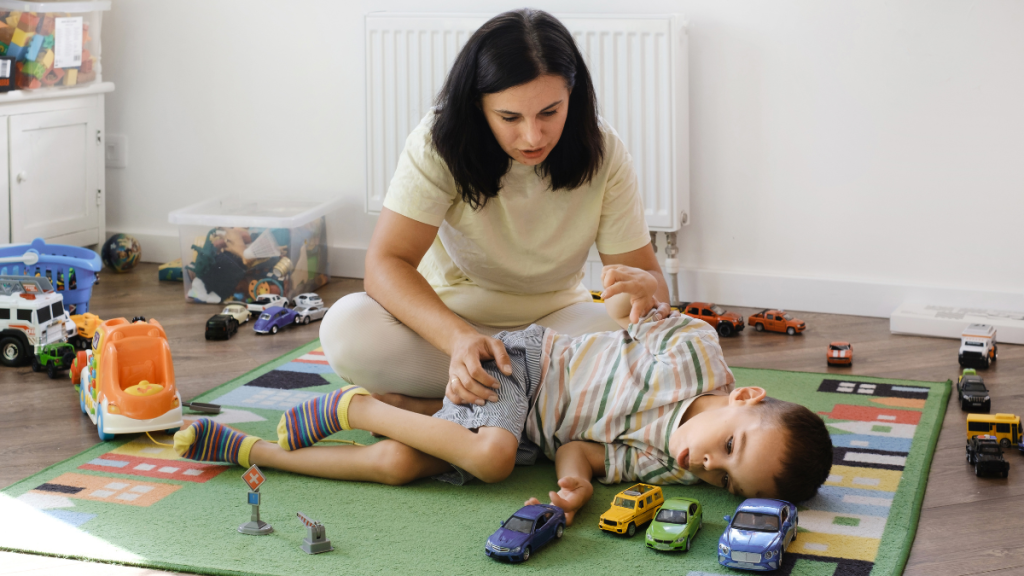
Estimated reading time: 3 minutes
Most parents lead and direct the interaction with their child without giving them an opportunity to initiate or share their interests. It seems easier to take the lead and initiate the interaction.
Children at different developmental stages will communicate with you in different ways such as through their facial expressions, body language, gestures or words. You may miss the subtle attempts your child is making to communicate with you, especially when they use non-verbal communication.
By waiting, it lets your child know that they are important and that you are interested in what they have to show you or communicate to you. By waiting, it lets your child know that you are ready for them to respond and initiate.
What to I have to do?
Waiting means to stay silent. The general rule is to wait around 5-10 seconds. You can silently count to 5 or 10. How long you wait is dependent on your child and their stage of development. With practice, you can figure out how much time your child needs. It is important to lean forward and look at your child expectantly while waiting. This lets them know that you are expecting them to send you a message.
What am I waiting for?
You wait for any attempts that your child is making to communicate with you. Your child may send a message to you through non-verbal ways, like with facial expressions, actions, or sounds. They may send you messages with verbal ways, like with words or sentences. When they do, respond appropriately (e.g., continue singing the song, operate a toy for them).
Sometimes we have to create opportunities to use waiting, like:
Putting things out of reach…then wait. For example: Put one of your child’s favourite toys somewhere where they can’t reach, walk over to it…then wait
Offering a little…then wait. For example: Pour only a little water in your child’s bottle or cup and wait until they drinks it all…then wait.
What will I see after waiting?
Your child will want to communicate with you more.
An increase in the number of times your child initiates.
Your child having fun and enjoying the interaction with you.
Waiting is a powerful tool that you can use to encourage your child to communicate with you
What can a Speech Pathologist do for you?
Story writing is a multi-layered process. Your speech pathologist can support your child to develop story structure and language. They can help with developing descriptive language, the ability to construct sentences that are well organised and grammatically correct and organise events in a logical way that makes sense.
Hopefully, these tips will change the way your child thinks about story writing. It’s not something totally boring but can actually be quite FUN! Your child will feel more positive about story writing. When your child is doing something fun, they are more likely to engage and learn from the experience.